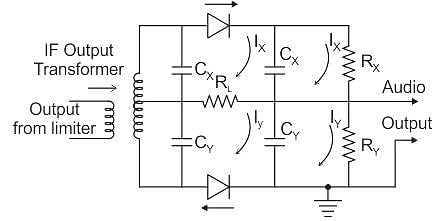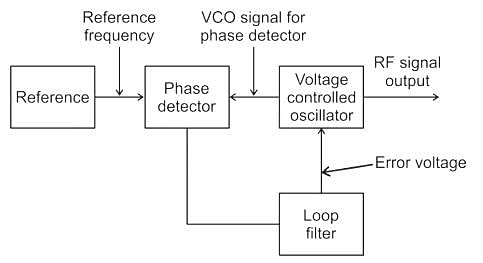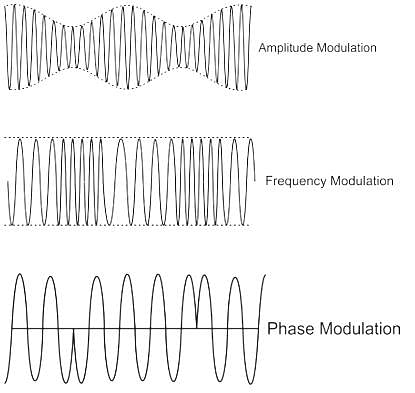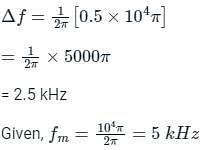Test: Frequency Modulation - Electronics and Communication Engineering (ECE) MCQ
10 Questions MCQ Test GATE ECE (Electronics) Mock Test Series 2025 - Test: Frequency Modulation
An FM signal is given as;

Where m(t) is shown in the figure given below.
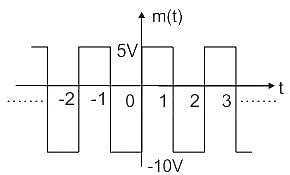
It is given that carrier frequency (fc) is 1000kHz. Then calculate the value of instantaneous frequency (fi) at t = 1.5 sec and the peak frequency deviation (δf) of the above FM signal.

Where m(t) is shown in the figure given below.

It is given that carrier frequency (fc) is 1000kHz. Then calculate the value of instantaneous frequency (fi) at t = 1.5 sec and the peak frequency deviation (δf) of the above FM signal.
A phase modulated wave can be generated from frequency modulator by connecting a ___________ before the modulator and a frequency modulated wave can be generated from phase modulator by connecting a __________ before the modulator.
| 1 Crore+ students have signed up on EduRev. Have you? Download the App |
Frequency modulated signal with single tone modulation has a frequency deviation of 20 kHz and bandwidth of 60 kHz. The frequency of the modulating signal will be -
In a frequency modulation system, maximum frequency deviation allowed is 1000 and modulating frequency is 1 kHz. Determine modulation index β.
The four basic elements in a PLL are loop filter, loop amplifier, VCO and
Determine the bandwidth required for an FM signal having frequency 2 kHz and maximum deviation 10 kHz.
Consider the FM signal xc(t) = 10 cos(2π × 108t + 0.5 sin(104 πt)). The bandwidth of xc(t) is approximately
|
25 docs|263 tests
|
|
25 docs|263 tests
|












 as the input to the frequency modulator, i.e.
as the input to the frequency modulator, i.e.


